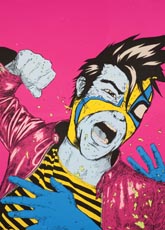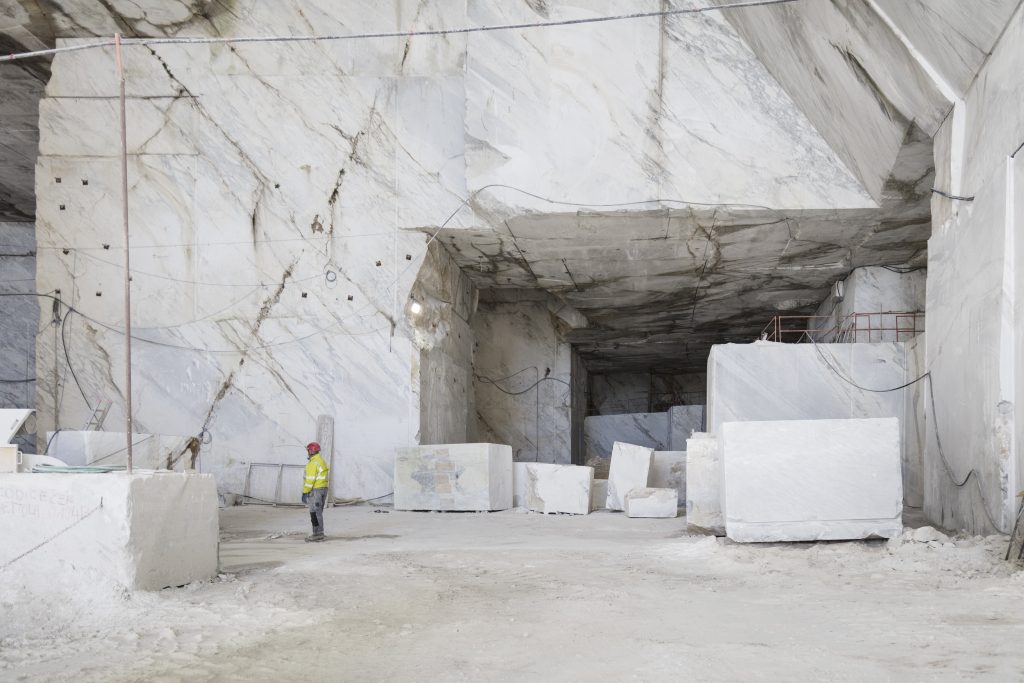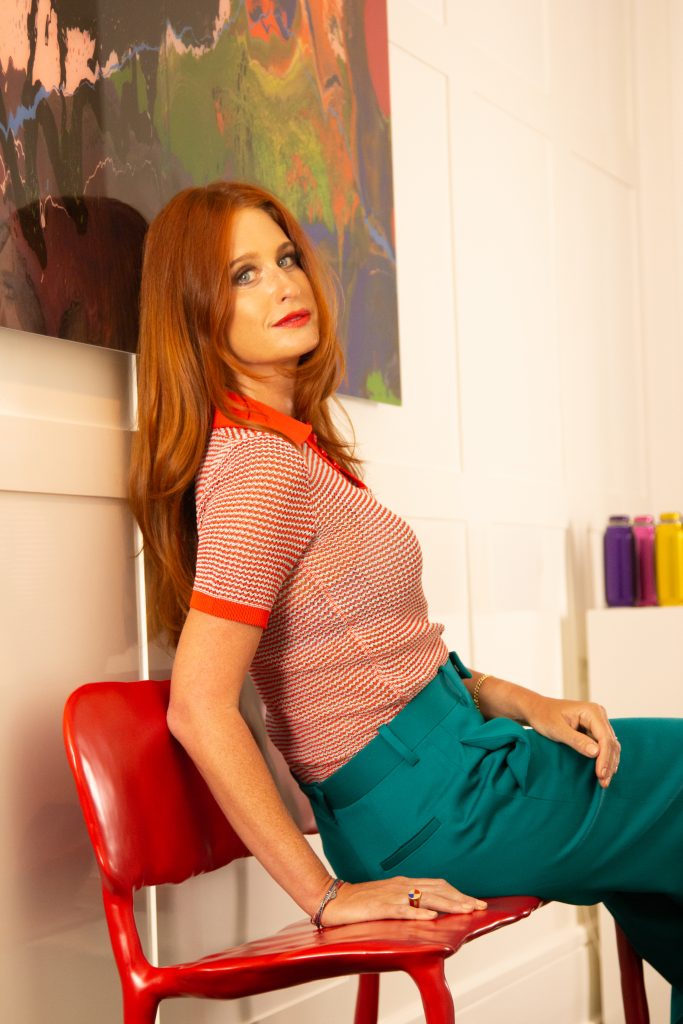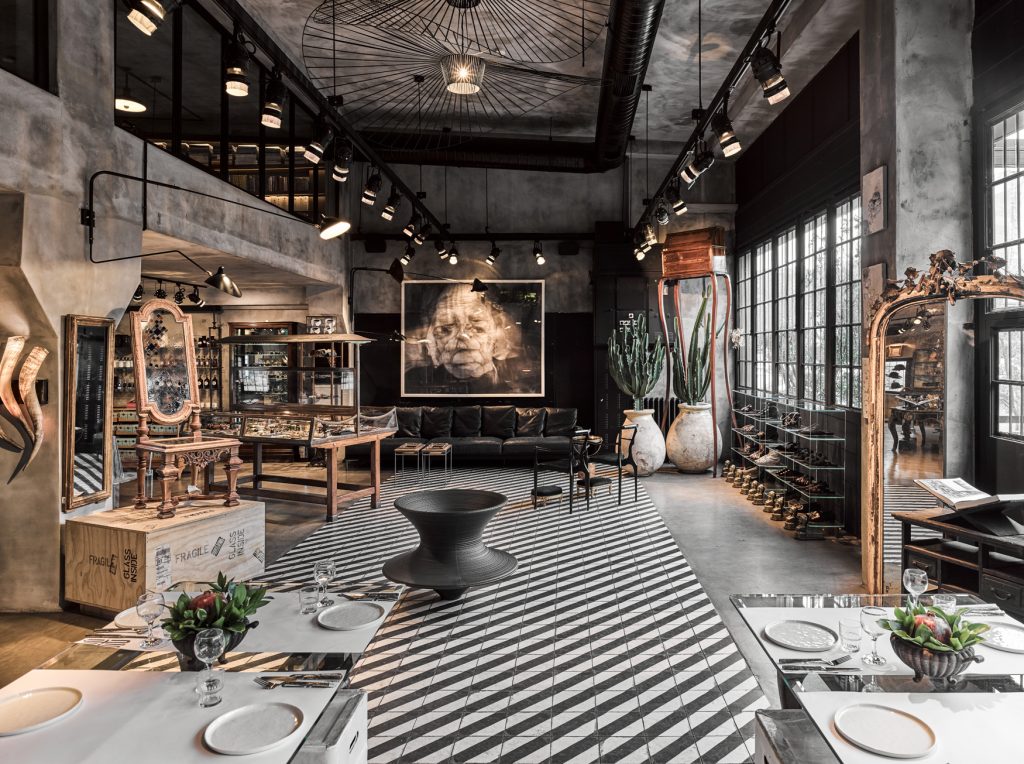Yoshitomo Nara’s Time-Traveling Solo Exhibition at the Aomori Museum of Art, “The Beginning Place”
A comprehensive look at the beloved Japanese artist’s work

Aomori, Japan’s Aomori Museum of Art celebrates the work of local artists, with an enthusiastic focus on their hometown hero, Yoshitomo Nara. Now ten years after his first solo exhibit at the museum, Nara’s The Beginning Place exhibition has opened with much excitement for the world-renowned artist (born nearby in Hirosaki).
The Aomori Museum of Art opened in 2006 and was designed by the architect Jun Aoki, who was inspired by one of the largest and most well-preserved villages from Japan’s Jomon Period, the Sannai-Maruyama archaeological site. While the museums’ celebration of Nara’s work is ongoing, The Beginning Place marks a new chapter in this story with a comprehensive look at his work since the 2011 Tohoku earthquake and tsunami, alongside earlier pieces, weaving the past and the present into a layered tapestry of themes from time and space to house and home. The exhibition fills several indoor galleries and extends to the exteriors of the museum.

Exhibition curator Shigemi Takahashi explains how the theme of fresh starts is depicted. “The idea of beginning is so important in artistic expression,” says Takahashi. “An artist, who works over many years, needs to keep coming up with ideas and making them work. The Great East Japan Earthquake on 11 March 2011 was an extremely significant event for the artist, forcing him to rethink his sense of values and his attitude toward creation. The artist then began to look back to past times and landscapes in order to find the roots that support his own creation.”

In a region of Japan that sees the changing of the seasons, “Nara’s Aomori-Ken” dog looms over viewers as a much beloved symbol of the museum and the region. Visitors flock to see this massive sculpture under blue skies, rainy days and topped with mounds of snow in the winter. “The snowy Aomori region where Nara was born and spent his childhood plays a very important role in this process,” says Takahashi. “The Beginning Place refers to the specific place of his hometown, where his sensibility was nurtured. And secondly, in a broader sense, it refers to the place where something is born. We hope that the exhibition itself will be a place where something new and hopeful is born for visitors.”
With the many themes explored, Nara’s prolific output is on full display. “His early works made extensive use of collage, literally attempting to create layers,” Takahashi says. “The visual impact of the collages are indeed modest, and if you don’t look carefully, you won’t even notice that they are layered. However inconspicuous, the fact that something invisible is enclosed in the lower layers is important to the artist.”

Some of Nara’s most recent large scale portraits of girls reveal a colorful mosaic style. In March 2020 at LA County Museum of Art (LACMA), after just a few days of planning and installation, Nara returned to Japan and the realization set in that the delay was indefinite and the future murky. Nara began to paint a portrait he named “Study,” referring to a signal of something that is about to begin. In this large scale portrait, he depicts a girl’s face that is not clearly defined, emerging almost from within a fog, reflecting the uncertainty and unpredictability of his experience. He achieved this effect by pressing the surface of the paint with more hesitation than definitive lines. Nara added “Study” to the LACMA exhibit when it finally opened in the spring of 2021.

For the most recent painting in The Beginning Place, Takahashi explains some insights into Nara’s evolving painting techniques. “Recently in the process of creating his paintings, he often arranges the canvas in a mosaic of different colored flecks, from which the forms emerge,” she says. “Underneath a simple figure, such as a bust of a girl, there are many layers of colors, and these layers have tended to become more multiplexing as time passes. The time he has lived seems to be woven into the increasingly thick layers.” In the emotional “Midnight Tears,” a girl emerges from the dark background. Her hair, face and clothing are flecked with layers of color. A tear wells up in her eye and appears to be about to roll down her cheek.

A new large sculpture entitled “Peace Head” (2021) is also included in the exhibition. “It is a three-dimensional work of a huge head made of aluminum and painted with white urethane,” says Takahashi. “The prototype is a small clay sculpture the size of a fist. The clay is kneaded in the palm of the hand, as children play with clay, and parts such as the eyes and nose are carved in with chopstick-like wooden sticks. With this work, the artist says he tried to be as mindless as possible. It can be said that the artist is interested in the resonance of the forms that emerge when everything that is unnecessary is stripped away.”

The Beginning Places includes a recreation of Jail House 33, a significant place in Nara’s early years. The coffee shop, which became known as Thirty-Three, opened in 1977 and was a community gathering place to drink coffee and listen to rock music. Nara, who was then in high school, had met the musician Masaki and helped him transform a garage by hand-building the rustic space. Nara frequented the cafe after school and worked as a dishwasher and spun records in the DJ booth. Though the Thirty-Three closed in the mid-’80s it has been recreated in the museum with the help of available documents, images and by speaking to people who had been there. Nara’s love of music has been a recurring theme throughout his career.

For an artist known for painting on found pieces of wood, corrugated cardboard and envelopes, even the special tickets created for The Beginning Place offer an opportunity to have whimsical keepsakes made on scraps of apple wood boxes. On it a young girl with her eyes closed is under a sign that has the word tomorrow crossed out and says, ”tomorrow’s far away.” This quote could be a thesis for this time traveling experience with Nara’s life and work.
Yoshitomo Nara: A Beginning Place is on view until 25 February 2024.












What are your thoughts?